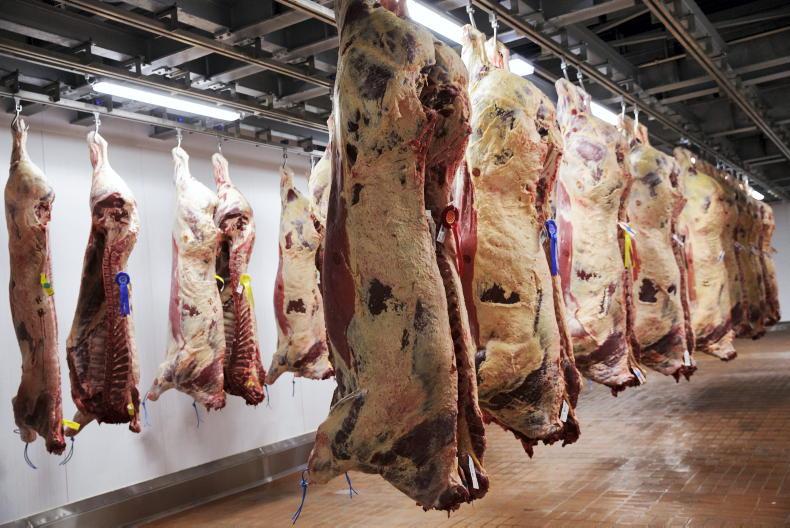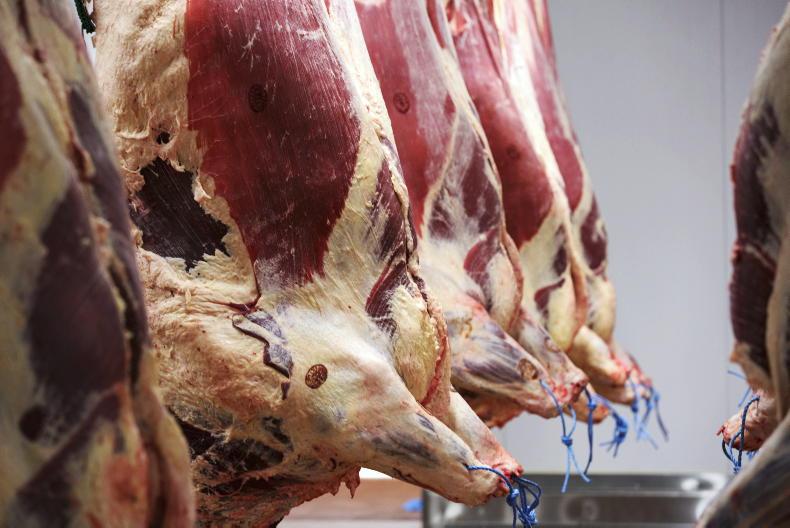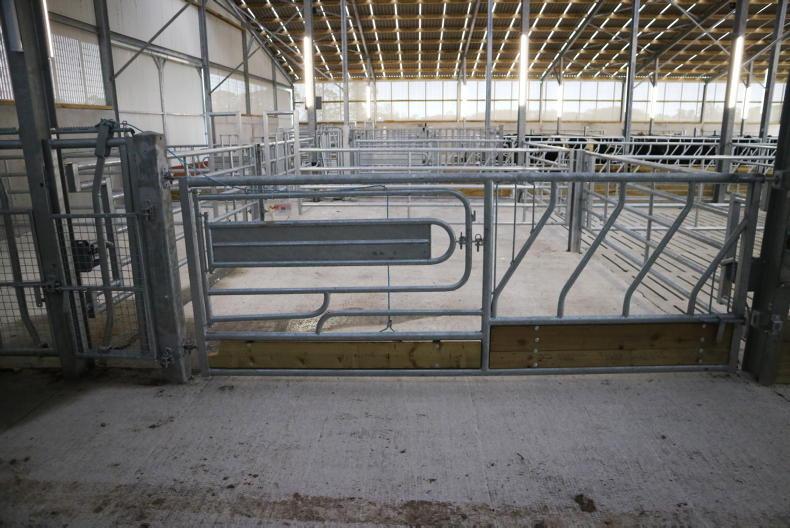Most people, children and adults alike, have a built-in fear of snakes, wolves and bulls. Now, the chances of encountering a snake or a wolf in the Irish countryside are fairly slim, but a bull is a different story. And, based on the number of incidents with bulls every year, people are right to be scared of them.
First things first, are you more likely to be attacked by a bull if you are wearing red?
The answer to that is no as bulls, like all cattle, are colourblind. The bull is attracted to the red cape used by the matador in a bull fight because he can see it moving, not because it is red. A bull can charge or get angry no matter what colour clothes you wear, so keep this in mind if walking through fields this summer.
So why are bulls dangerous? The answer to this is complex and deep-rooted but it basically boils down to the fact that it is in their nature to be cross as their aim is to protect their herd from threats.
A threat could come from another bull which is kind of similar to something you might see on a nature programme on TV where two deer, or two elephants fight to become the dominant male. If a bull feels that his dominance over the herd is threatened by another bull, they will fight.
It basically boils down to the fact that it is in their nature to be cross as their aim is to protect their herd from threats
Obviously, a farmer or a person or child walking through a field isn’t a threat to the bull’s dominance over the herd but the bull might see that person as a threat in other ways and so will protect the herd by attacking that person. It’s similar to a cow protecting her calf if she feels threatened. This is why bulls are so dangerous and why everyone, the farmer or anyone walking in the countryside or through fields, needs to be so careful of bulls.
Even seemingly quiet bulls should always be treated with caution and respect because you do not know when or what will trigger a bull into an aggressive behaviour.
According to Teagasc, bulls were involved in 18% of livestock-related deaths between 2010 and 2020 and countless other injuries where thankfully, people’s lives were saved.
While all bulls can be dangerous, some are more dangerous than others. This can often be put down to breed, age or the time of year, because bulls tend to be more aggressive during and after the mating season.
Even seemingly quiet bulls should always be treated with caution and respect because you do not know when or what will trigger a bull into an aggressive behaviour
Bulls that are two to three years of age also tend to be more aggressive than older or younger bulls as they get defensive and territorial during this phase in their lives.
In terms of breed, most farmers will agree that bulls belonging to some breeds can be more dangerous than others.
Dairy breeds, particularly Holstein Friesian and Jersey bulls, can become very aggressive when they get older. Even though some of these bulls can be relatively small, they can be very dangerous.
One factor in a bull’s behaviour may be his previous experience with people. Teagasc advice is that a young bull should become familiar with people through positive experiences, such as feeding. However, it is important that bulls don’t get too familiar with people either. Avoid turning young bulls into pets as this can be a big problem when they get older. Hitting, beating or taunting a bull or any animal should never be tolerated.
Remember, it is in the bull’s nature to be aggressive and protective, so a bull should never be trusted, no matter how quiet the bull appears to be.
Even though some of these bulls can be relatively small, they can be very dangerous
Always have an escape plan when moving a bull or have a refuge such as a tractor or jeep close at hand. Dogs or other pets can trigger aggressive behaviour in a bull, so keep them away when moving or handling bulls or cows.
The best policy is to treat all bulls with the utmost respect. Never enter a field with a bull unless it is safe to do so and you are accompanied by an adult. You don’t want to be another statistic.










SHARING OPTIONS